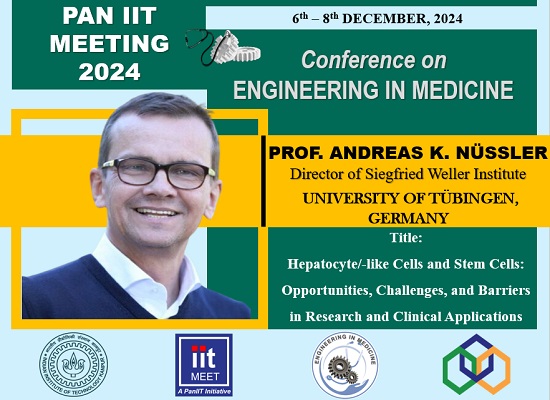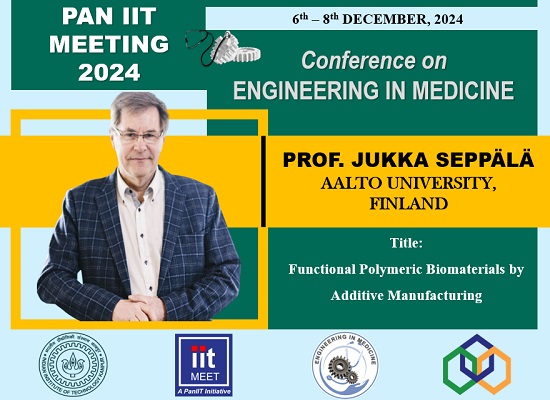In conversation with first author, Abhishekh Gupta
Mosquito Olfactory Response Ensemble enables pattern discovery by curating a behavioral and electrophysiological response database.
Gupta Abhishek, Swikriti S. Singh, Aarush M. Mittal, Pranjul Singh, Shefali Goyal, Karthikeyan R. Kannan, Arjit K. Gupta, and Nitin Gupta.
iScience. 2022 Feb 17;25(3):103938.
 Congratulations Abhishek to you and all authors of the study. What was the motivation behind the study?
Congratulations Abhishek to you and all authors of the study. What was the motivation behind the study?
Abhishek Gupta: Mosquitoes spread many deadliest diseases such as Malaria, Dengue, Zika virus, Chikungunya virus, etc. Olfaction plays a prominent role in the detection of hosts. Mosquitoes detect the odors released by hosts with the help of the sensory organs, which harbors sensory neurons. Over the past several decades, hundreds of studies have been conducted on mosquitoes' olfaction. Researchers have employed several behavioral paradigms to quantify the behavior of mosquitoes towards a large set of odors. Alongside, various electrophysiological techniques have been used to quantify the activity of sensory neurons.
The data generated from these studies was scattered across hundreds of research articles in an unformatted way. The primary motivation behind our research was that if we have this data in a structured format, that could enable us some new insights that cannot be seen in the individual studies.
 We understand that the study aimed to bring together experimental data from varied sources onto a common platform. What was the major challenge?
We understand that the study aimed to bring together experimental data from varied sources onto a common platform. What was the major challenge?
Abhishek Gupta: In this study, we have overcome several challenges involved in curating this dataset. For example, in most articles, the data were reported in text or plots rather than spreadsheets and thus had to be extracted manually.Moreover, different studies used different metrics to report the experimental results, which made it difficult to make a comparison across them. Here, we converted the data into a standard format, which allowed direct comparison.
MFCEM: Ultimately, how accessible is MORE (Mosquito Olfactory Response Ensemble), would it be constantly updated?
Abhishek Gupta: Yes, we will maintain the database and update it annually with new data.
MFCEM: Olfactory behavior of mosquitoes is of immense interest because of its relevance to diseases. Would you like to share any interesting insight that this meta-analysis facilitated?
Abhishek Gupta:Understanding the responses of odorant receptors (chemoreceptors responsible for detecting odorants) to different odorant molecules can help design a better mosquito repellent. In MORE, we have shown that the odorant receptors are tuned to specific ranges of several physicochemical properties of odor molecules, such as molecular volume, molecular weight, odorant-water partition coefficient, etc. Furthermore, we have conducted several comparisons across different behavioral and electrophysiological experimental approaches, which could help the researchers build the exemplary assay for their experiments.




























 Many infectious diseases continue to pose a major threat due to unavailability of vaccines. One such that pose a risk of breaking into epidemics is Shigellosis which causes fatal diarrheal disease and is notorious to acquire antibiotic resistance. Thus far no vaccines have been developed due to low immunogenicity as well as serotype specificity. Prof Dhirendra Katti’s group in collaboration with Prof. Hemant Koley at ICMR-National Institute of Cholera & Enteric Diseases, have developed a stable intranasal Vaccines against Shigella dysenteria. They took a rational approach to develop a vaccine wherein, conserved protein Sd1 from Shigella dysenteria and conserved immunogenic protein, IpaC were used. Using a detergent-based technology to stabilize the heterogenous complex of the two proteins, it was found to evoke a robust immune response when administered orally in BALB/c mice. The authors further displayed that the vaccine conferred protection not only against S. dysenteriae but also heterologous Shigella flexneri.
Many infectious diseases continue to pose a major threat due to unavailability of vaccines. One such that pose a risk of breaking into epidemics is Shigellosis which causes fatal diarrheal disease and is notorious to acquire antibiotic resistance. Thus far no vaccines have been developed due to low immunogenicity as well as serotype specificity. Prof Dhirendra Katti’s group in collaboration with Prof. Hemant Koley at ICMR-National Institute of Cholera & Enteric Diseases, have developed a stable intranasal Vaccines against Shigella dysenteria. They took a rational approach to develop a vaccine wherein, conserved protein Sd1 from Shigella dysenteria and conserved immunogenic protein, IpaC were used. Using a detergent-based technology to stabilize the heterogenous complex of the two proteins, it was found to evoke a robust immune response when administered orally in BALB/c mice. The authors further displayed that the vaccine conferred protection not only against S. dysenteriae but also heterologous Shigella flexneri.

